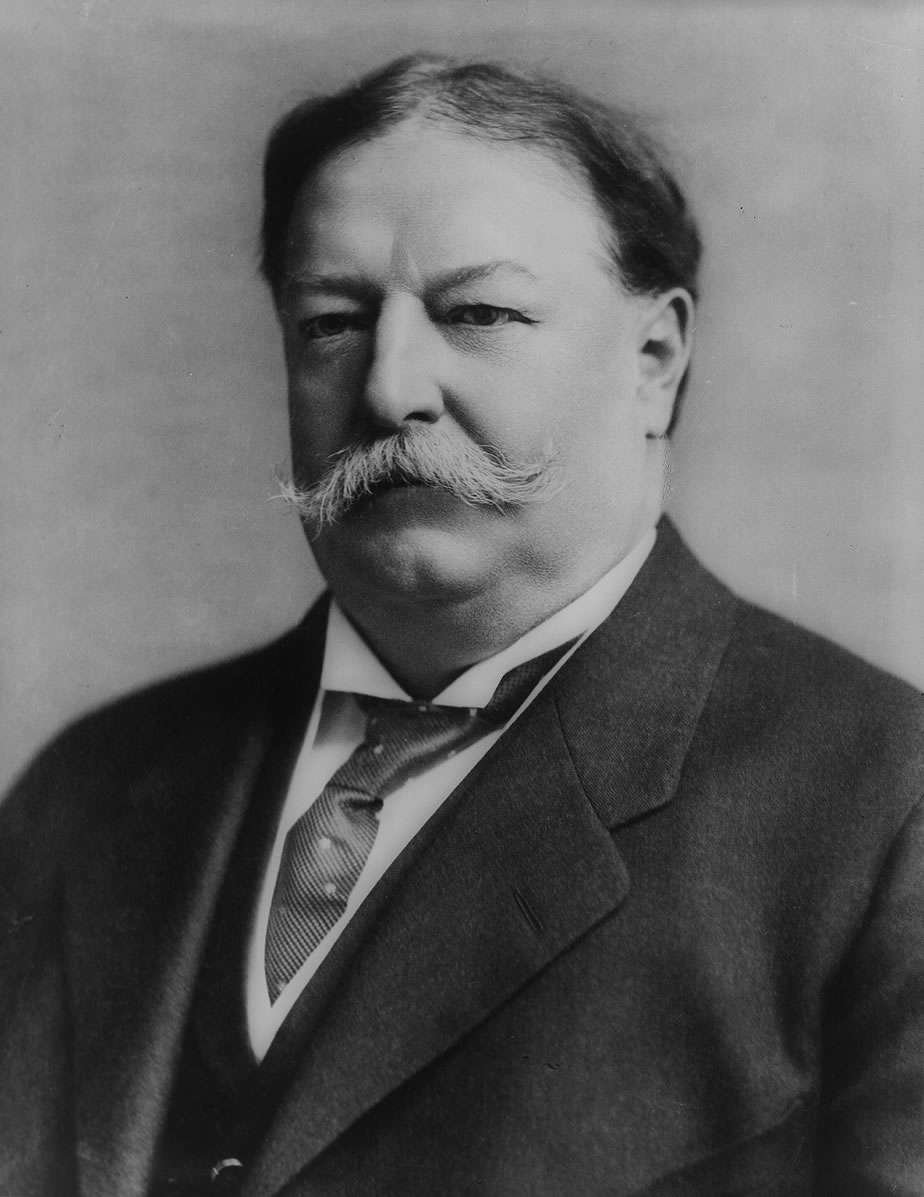
<a href="https://reason.com/volokh/2025/07/11/today-in-supreme-court-history-july-11-1921-6/" target="_blank">View original image source</a>.
On July 11, 1921, history took an interesting turn when former President William Howard Taft officially became Chief Justice of the United States. Talk about an upgrade! Going from the White House to the Supreme Court means Taft had firsthand knowledge of government chaos and now he was expected to interpret the law. It’s as if someone said, “Hey, why don’t you switch from driving the bus to being the traffic cop?”
This transition makes Taft a unique case in American history, wearing two hats in such a pivotal time. Can you imagine Taft walking into the Supreme Court and saying, “Okay, let’s settle this—not just as your Chief Justice, but as a guy who used to lead the whole country!” His experience meant he had a different perspective, bringing a wealth of political and legal insight to the bench.
While Taft’s journey is fascinating, it begs the question: how many leaders can say they’ve held power in two crucial branches of government? It’s not every day you meet someone who can argue both sides at family dinners! So, what do you think—does experience in governance make a better judge? Or is it just a fancy way of getting away with more?
To get daily local headlines delivered to your inbox each morning, sign up for newsletter!

















